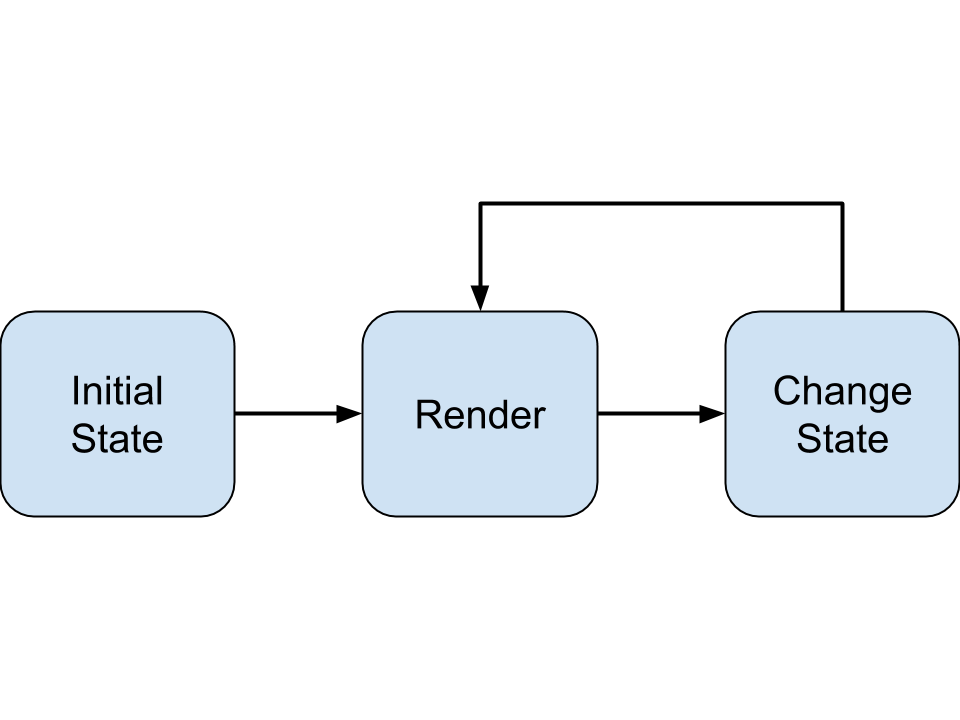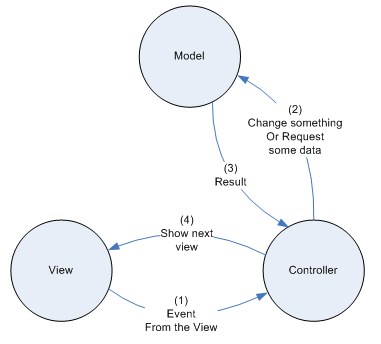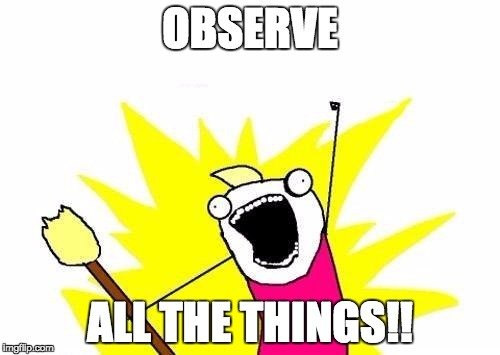Francesco Strazzullo
I'm a Frontend Engineer @ extrategy. I'm also speaker at tech conferences and reviewer for Manning, Packt and Pragmatic Programmer. I like to relax playing with my Playstation or cooking some strange ethnic dish for me and my girlfriend



















